Glaciers: Characteristics and Types
Glaciers are an extraordinary miracle of nature, which slow pace moves along the surface of the Earth. This accumulation of eternal ice on its path captures and transfers rocks, forming peculiar landscapes, such as moraine and karas. Sometimes the glacier stops moving and the dead ice is formed.
Some glaciers, moving on a small distance to large lakes or the sea, form a zone where the split occurs and as a result - drifting icebergs.
Geographical object (value)
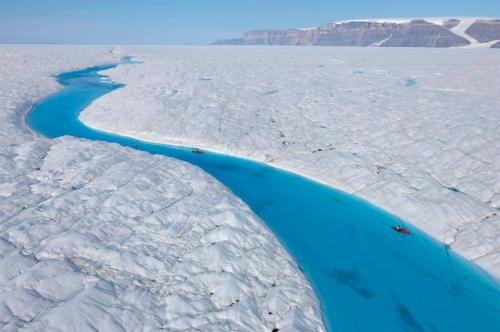
Glaciers occur in those places where the accumulated mass of snow and ice significantly exceeds the mass of melting snow. And after many years in such a region, a glacier will be formed.
Glaciers are the most huge storage facilities on Earth. Most glaciers accumulate water in the winter season and give it to her waters. Such water is especially useful in the mountainous regions of the planet, where such water is used by people who live in areas where a small amount of atmospheric precipitation falls. Also, the melting waters of glaciers are sources for the existence of a vegetable and animal world.
Characteristics and types of glaciers
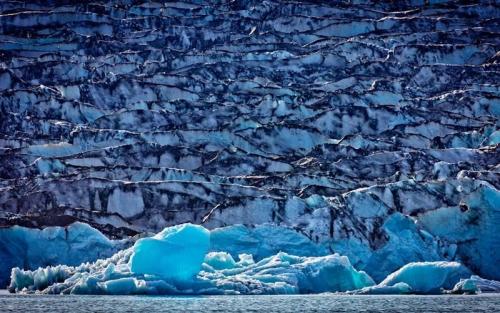
According to the method of movement and visual outlines, the glaciers are classified into two types: coating (continental) and mountain. Cooking glaciers occupy 98% of the total area of \u200b\u200bthe planetary glaciation, and the mountain - almost 1.5%
Mainland glaciers - Giant shields of giant sizes, which are located in Antarctica and Greenland. Glaciers of this type have flat-convexal outlines that do not depend on typical relief. Snow accumulates in the center of the glacier, and spending takes place mainly on the outskirts. The ice of the coating glacier moves in the radial direction - from the center to the periphery, where the ice is taking place, which is afloat.
Mountain type glaciers are small sizes, but different forms that depend on their content. All of the glaciers of this type are pronounced, plots of food, transportation and melting. Power supply is carried out with the help of snow, avalante, a bit sublimation of water evaporation and snow transfer wind.
The biggest glaciers
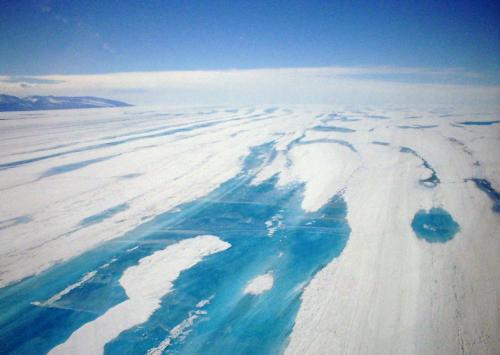
The biggest in the world is the Lambert Glacier, which is located in Antarctica. Length is 515 kilometers, and the width ranges from 30 to 120 kilometers, the depth of the glacier is 2.5 km. The entire surface of the glacier is raised with a large amount of cracks. The glacier was opened in the 50s of the twentieth century Australian cartographer Lambert.
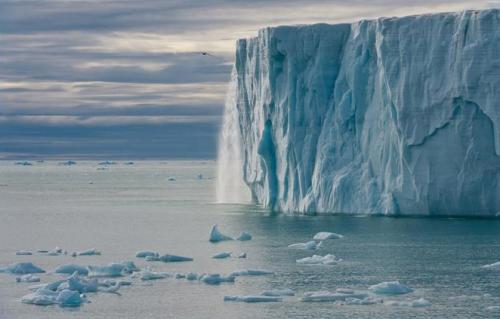
In Norway (Svalbergen Archipelago), the Austfonna Glacier is located, which leads to the list of the largest glaciers area of \u200b\u200bthe Old Continent (8200 km2).

(Glacier Vatnayekyudle and Volcano GrimoD)
In Iceland, there is a Glacier Vatnayekyudle, which ranks second in Europe in the area (8100 km2). The largest in Mainland Europe is the Unitary Clear Glacier (1230 km2), which is a wide plateau with numerous icy processes.
Melting of glaciers - causes and consequences
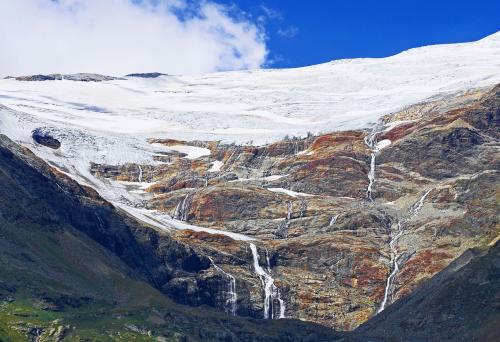
The most dangerous of all modern natural processes is the melting of glaciers. Why is this happening? Currently, the planet is heated - this is the result of emissions into the atmosphere of greenhouse gases, which are produced by humanity. As a result, the average temperature on Earth rises. Since ice is a storage of fresh water on the planet, its reserves with intense global warming sooner or later will end. Also, glaciers are climate stabilizers on the planet. Due to the amount of ice, which melted, there is a uniform dilution of the freshwater with water of salt water, which has a special impact on the level of humidity, the level of precipitation, temperature indicators and in the summer, and in the winter season.









